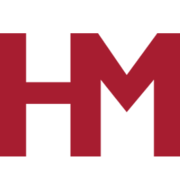A DIGITAL EYE - Part 3 WEB OF DIGITAL EYES
In the final part of our series, we explore how public street cameras contribute to OSINT and the criminal justice system — serving as silent witnesses that offer valuable intelligence, while also raising important ethical questions about surveillance and privacy.
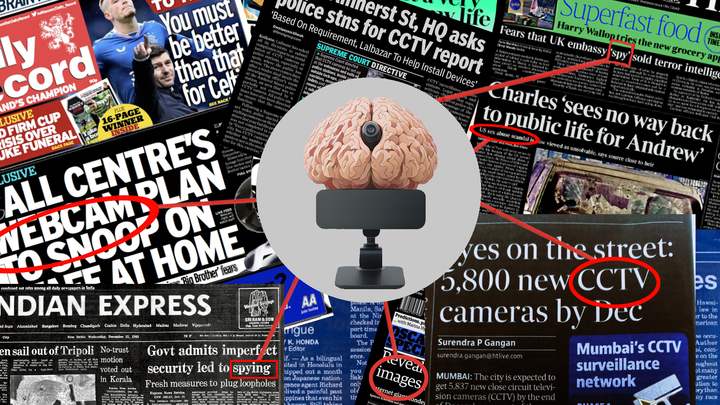
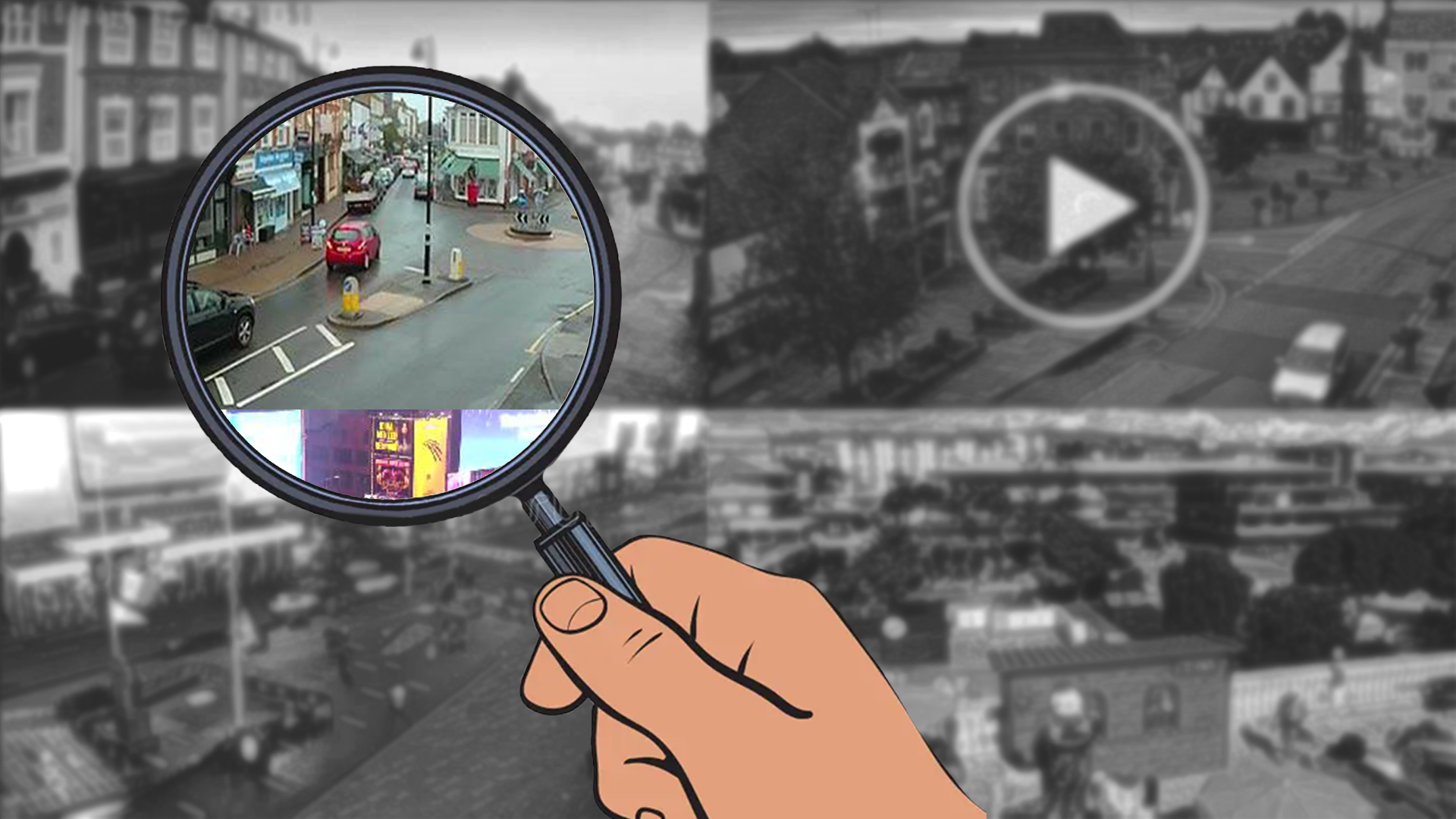

So far, we've discussed the negative aspects, but this blog will flip the script and highlight the benefits of networked cameras for contributing to OSINT (Open-source intelligence) and Crime Prevention. It is important to remember that while networked cameras are designed to record video, they cannot control how their footage is subsequently used. Instead, human intent directs whether the application is constructive or potentially sinister.
The Role of Public-Facing Cameras in OSINT
Public street cameras are a critical tool for open-source intelligence (OSINT), providing both real-time and archived footage that can be analyzed to determine locations, track movements, and monitor public events. Investigators, journalists, and researchers use these publicly available livestreams for real-time situational awareness about an incidents, social movements, or logical patterns. Listed below are some of the primary uses of networked street cameras in an OSINT investigation.
Geolocation Analysis
In the OSINT space, one of the most valuable uses of public street cameras is geolocation—identifying the precise location where an image or video was taken by analyzing visual clues. This process often involves cross-referencing footage from networked cameras with satellite imagery, maps, or social media posts to verify the location of an event.
In the timeframe of an incident, whether a natural disaster, civil unrest event, or a military movement, OSINT investigators rely on visual evidence to authenticate the location of the event. A street camera focused on a key intersection, city square, or public building can provide real-time footage or images of events occurring at a specific location.
Geolocation Techniques Using Public Street Cameras
- Verification Using Landmarks: Analysts utilize well-known landmarks in camera footage to verify the geographic location of a scene. Elements like buildings, road signs, bridges, and statues provide contextual clues. By cross-referencing these with tools like Google Street View, historical imagery, or satellite views, analysts can confirm or narrow down the location with greater accuracy.
- Environmental Clues for Location Validation: Environmental features—such as current weather conditions, visible seasonal changes, or lighting—can help analysts cross-check the authenticity of a claimed location. For instance, if a social media post says an event is happening in London during a snowstorm, but real-time or archived street camera footage shows clear skies and dry streets at the same time and location, this discrepancy can raise doubts about the post's credibility.
- Social Media Verification: Many events are shared online through Twitter, TikTok, or Telegram. Analysts can determine the authenticity or location of such footage by cross-referencing it with publicly available street camera footage. If the same people, vehicles, or surroundings appear from a different angle on a public camera feed, it strengthens the credibility of the original post and helps verify its context.
Challenges in Geolocation Assessment via Street Cameras
• Fixed Camera Location: Many street cameras are static and do not provide 360-degree views, so they may not be able to capture all aspects of an unfolding event.
• Time Delays: Live feeds may experience delays, which can complicate real-time analysis.
• Conditions: Adverse conditions such as inclement weather (e.g., fog or rain) or low-light situations can obscure landmarks and hinder verification.
How OSINT Investigators Use Street Cameras for Crowd Monitoring
- Estimating Crowds: Street Cameras contribute to OSINT analysts' estimates of crowd size. Through live feeds, one may conduct frame-by-frame estimates comparing density ratios against historical estimates of crowds on a typical day for known events.
- Recognizing Movement Patterns: Street Camera feeds give insight into the way crowds move in a city. For example, if a protest event is spreading across multiple sites of interest, camera views of major intersections can show whether the gathering is dispersing or coming back together.
- Analyzing Law Enforcement Activity: The presence of law enforcement during demonstrations is an important indicator. An analyst can use public street cameras to look for signs that riot police, military vehicles, or crowd control tools such as water cannons are deployed during a protest. This information becomes significant intelligence for journalists or human rights organizations in documenting the state's response to a protest.
Case Study: Monitoring Protest in Belarus
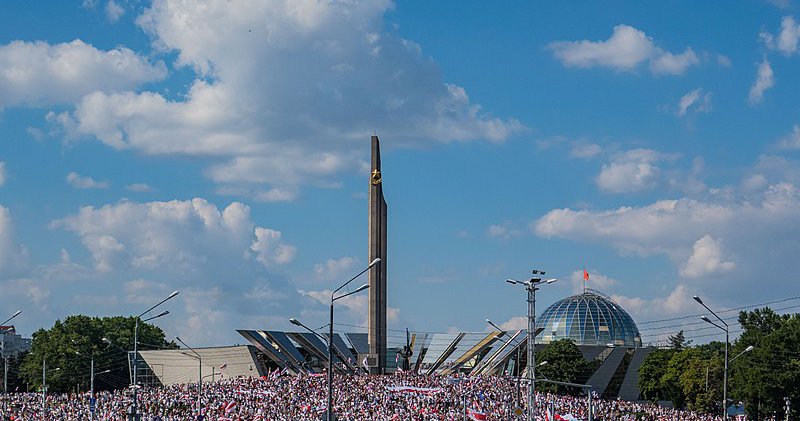
During the protests in Belarus in 2020, OSINT investigators relied on eyewitness smartphone footage and publicly available CCTV feeds to monitor where demonstrators were gathering and how police were responding. By combining this footage with social media videos, they created an interactive map detailing protest activity and law enforcement deployments across the city of Minsk.
Protesters didn’t just use the map to track safe routes—they also shared annotated screenshots and video stills in Telegram groups to warn each other about the presence of riot police, blocked intersections, and where arrests had occurred. In some cases, they overlaid police movement patterns on satellite imagery to anticipate likely crackdowns and reroute crowds in real time, effectively using crowdsourced surveillance to outmaneuver state forces.
Traffic and Movement Tracking: Understanding Real-Time Patterns for Investigations
Another meaningful use of street surveillance cameras for OSINT is traffic and movement tracking. In some cases, tethered drone systems are also deployed to provide aerial monitoring of vehicle and pedestrian activity, offering a flexible view where fixed street cameras fall short. This aspect of OSINT looks at the ebb (the rise and fall of traffic volume) and flow of vehicles and pedestrians to develop intelligence regarding logistics, incident response, and even criminal behavior.
How Processes for Traffic and Movement Analysis Work
Observing Traffic Jams and Road Closures
OSINT Investigators will use street cameras to observe traffic congestion in major cities as an indicator of an upcoming event, such as a protest, parade, or emergency response.
OSINT Methods for Analyzing Public Camera Footage
When an analyst obtains camera footage related to their investigation, they can apply various OSINT methods to extract valuable intelligence. The goal is to determine if the video footage is authentic, what specific information is contained, and to corroborate the analysis of the video with other data.
1. Timestamp and Metadata Verification of the Video
One of the first steps for the analyst when analyzing public camera footage is to determine or verify the timestamp and any available embedded metadata. Public-facing cameras provide a live feed with a timestamp, the analyst must also assess whether this information can be trusted.
To assess the reliability of the video timestamp, the analyst will use several methods to collect data:
- Comparison of Sun Position and Shadows: One method to assess if shadows and the sun position in the video match with the reported time and location, the analyst may utilize a tool like Suncalc.
- Weather and Environment Comparison: The analyst may then also check the real-time weather data against the environment seen in the video. These two elements could help confirm the authenticity of the video's timestamp.
- Corroborating a Known Event: If the public camera footage appears to show a protest event, a disruption in local traffic, or military activity, the analyst checks the video timestamp against known news reports or other information made publicly available in current time frames.
2. Cross-referencing Social Media and Other Feeds
Public camera feeds can never provide the complete picture of an event. OSINT analysts will cross-reference public camera footage with videos, texts, posts, reports, photographs, satellite imagery, etc., to gain a full perspective.
Ways Analysts Cross-Reference Data:
- Searching Twitter, Telegram, and Facebook for users providing updates from on-scene.
- Cross-referencing with a live feed or transportation app(s) (like Google Maps, where you can check for traffic data to confirm traffic flow or roadblocks).
- Cross-referencing timestamps from different camera views to reconstruct a timeline of events.
Public vs. Private Street Cameras
- Government and Law Enforcement Cameras: Generally, municipal and traffic cameras will preserve a video file from 7 days to 90 days, depending on city ordinances and policies.
- Privately Owned Cameras (business, residential, public-facing) typically retain footage for as long as the device's storage allows, ranging from several days to several months.
Law Enforcement and Public Safety
Increasing Reliance on Public Camera Surveillance
Law enforcement worldwide is increasingly relying on public camera surveillance to bolster public safety. Many police departments are integrating surveillance cameras with advanced systems like Real-Time Crime Centers (RTCCs), gunshot detection systems (e.g., ShotSpotter), automated license plate readers (ALPRs), facial recognition software, and predictive policing platforms. This blending of technologies allows officers to monitor public locations in real time, coordinate rapid responses, and access a wider situational picture during active incidents.
Advanced Surveillance Technology
AI-enabled cameras assess video footage in real time to detect potentially threatening behavior, notifying law enforcement of suspicious activity before a crime is completed. Speed limit detection systems also monitor vehicles and cross-reference license plate data with databases to flag connections to unsolved crimes, active warrants, or traffic violations. In some cities, police-specifically on-duty officers, may utilize drone-based, high-definition cameras for aerial video recording in the public interest. These drones are often deployed during large public gatherings, protests, or emergencies to assist with crowd management, monitor public safety threats, and coordinate response teams more effectively.
Technological Change in Surveillance
Advancements in surveillance technology have significantly enhanced surveillance capabilities. The transition from analog to digital cameras has revolutionized how footage is captured, stored, and analyzed in a fast-changing world.
Modern surveillance systems now utilize HD (high-definition) video and 4K (ultra-high-definition) technology, providing more precise and accurate images for identification, making objects and individuals easier to recognize.
Examples of These Changes:
- Networked Surveillance Systems – Many modern cameras are now integrated into Internet of Things (IoT) systems, enabling remote access, control, and live video streaming.
- Cloud-Based Storage – Provides a scalable and remote-access storage solution with redundancy, offering greater flexibility compared to local storage.
- AI Analytics – Advanced analytics within surveillance systems enable facial recognition, motion detection, and predictive analytics, allowing for proactive threat identification and automatic alerts.
- Edge Computing – Many modern cameras can now process video streams locally, reducing reliance on centralized servers for data processing.
Surveillance Mechanisms: Monitoring Public Spaces with Networked Cameras
Types of Security Cameras
Many different types of public-facing and security cameras are designed for different monitoring purposes:
- Fixed Cameras limit
- Pan-Tilt-Zoom (PTZ) Cameras
- Body-Worn Cameras
- Drone Surveillance
Case Studies: The Effect of Surveillance on Crime Rates
Urban Surveillance Initiatives: How Public Cameras Enhance Crime Prevention
As the capabilities of surveillance technologies have progressed, large cities worldwide have begun utilizing (large) networks of public-facing cameras to support theft prevention. These efforts do not rely solely on CCTV but seek to provide live access to feeds for law enforcement, OSINT analysts, and even everyday citizens.
London's Ring of Steel Surveillance Network: A Case Study in Urban Security
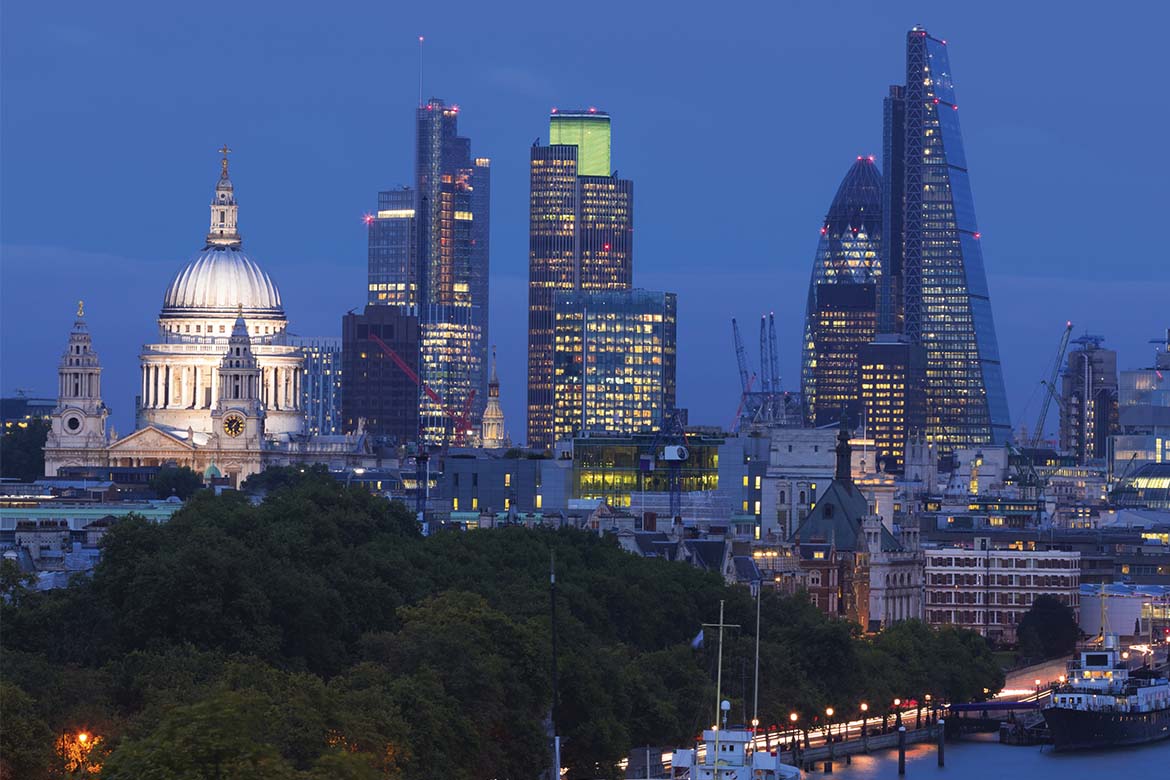
London is one of the world's most filmed cities, and the extensive monitoring network in place is referred to by its officials as the "Ring of Steel." Originally heralded as a counter-terrorism measure, this security network has evolved and now falls under a broader crime deterrent program that uses live public camera feeds and jurisdiction-owned CCTV in public locations.
Event-Based Surveillance: Temporary Public Cameras to Minimize Crime
At large events like the Olympics, World Cups, and political summits, temporary surveillance (probably a public-facing camera) is often needed to monitor crowds in real-time. There are multiple applications of public-facing cameras, and all serve:
- Crowd control – Tracking the movements of event attendees and assessing potential disruption.
- Crime deterrence – Reducing the likelihood of theft, vandalism, or entering restricted areas.
- Scene investigations – Providing real-time and archival footage at everyone’s disposal for OSINT analysts, journalists, or law enforcement.
Technological Integration: Enhancing Surveillance Capabilities
Surveillance has advanced beyond simple static camera work and human oversight. The combination of AI, machine learning, facial recognition, and license plate recognition has made it possible to use networked cameras as active security measures and enhanced their role within OSINT (Open Source Intelligence) and criminal justice. The advantages of these tools include better threat detection and improved investigative proficiency, but they also raise ethical issues and privacy debates.
Facial Recognition: The Power and Controversy of Automated Identification
Facial recognition technology (FRT) is one of the most visible and controversial applications of public camera surveillance. Government, law enforcement, and Open Source Intelligence (OSINT) researchers use FRT to identify suspects, find missing persons, and authenticate identities in high-security areas.
How Facial Recognition Works in Surveillance
Facial recognition technology takes into account unique elements of a person's face. These elements may include:
- The distances between the person's eyes, nose, and mouth.
- The structure of the person's jaw and cheekbones.
- The texture of their skin and the shapes that are represented on their face.
These features will often be compared to extensive databases of people already identified, which may include:
- Government databases (such as passport records, driver's licenses, or criminal databases).
- Public images from social media and other online sources.
- Privately owned sources, such as security camera feeds (that may voluntarily collaborate with law enforcement).
The Debate: Accuracy, Biases, and Ethical Considerations
Public cameras with facial recognition software have been implemented in several criminal justice scenarios, including:
- Capture of fugitives: Various systems—predominantly in China and the UK—have been deployed to identify wanted fugitives in public places through live video analytics.
- Locating missing persons: AI-enhanced OSINT investigations have used publicly available camera feeds, combined with facial recognition technology (FRT), to identify victims of human trafficking or kidnapping. By scanning real-time surveillance footage and archived video for matches with photos of missing individuals, investigators have been able to spot and track people across city transit systems, airports, or border crossings—sometimes uncovering vital leads where traditional methods failed.
- Increasing airport security: Live security feeds are utilized in many airports around the world to cross-reference passengers against watchlists.
International Variations in Surveillance Laws
Laws concerning surveillance differ sharply in various regions, changing based on cultural values, governing entities, and legal customs. A few countries accept wide-ranging government-operated surveillance in the name of security; other countries enforce tougher protections concerning privacy, which limit unreasonable surveillance.
Surveillance-Friendly Nations: High State Control
Several countries have implemented far-reaching and legal surveillance programs that involve a comprehensive collection of public camera data through a national observation program for public safety, security, and real-time intelligence gathering.
China: The World's Largest Surveillance State
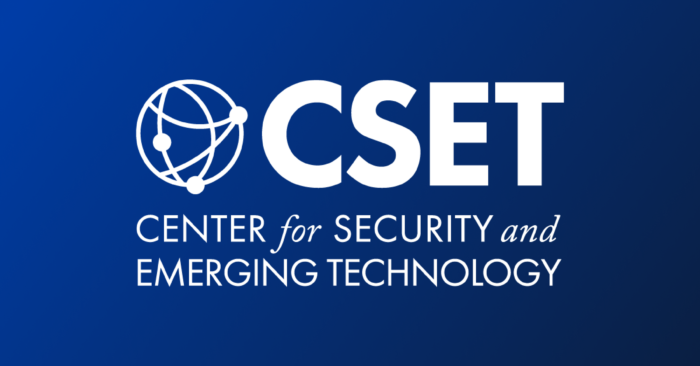
China has one of the lowest thresholds for public surveillance of any country. This system is complex and extensive, and includes:
- More than 500 million CCTV systems, many of which incorporate facial recognition and AI overlays.
- Programs and initiatives like Skynet and the Sharp Eyes Program both of which openly integrate public and private cameras, including smart cameras, into a comprehensive surveillance network.
- Real-time citizen tracking is used for police surveillance, as part of the social credit system, and for political control.
This is not incidental, as China's legal system permits and allows for mass surveillance; there is a legal channel for broadly collecting public camera data without enforced consent.
United Kingdom: The Most-Watched Democracy
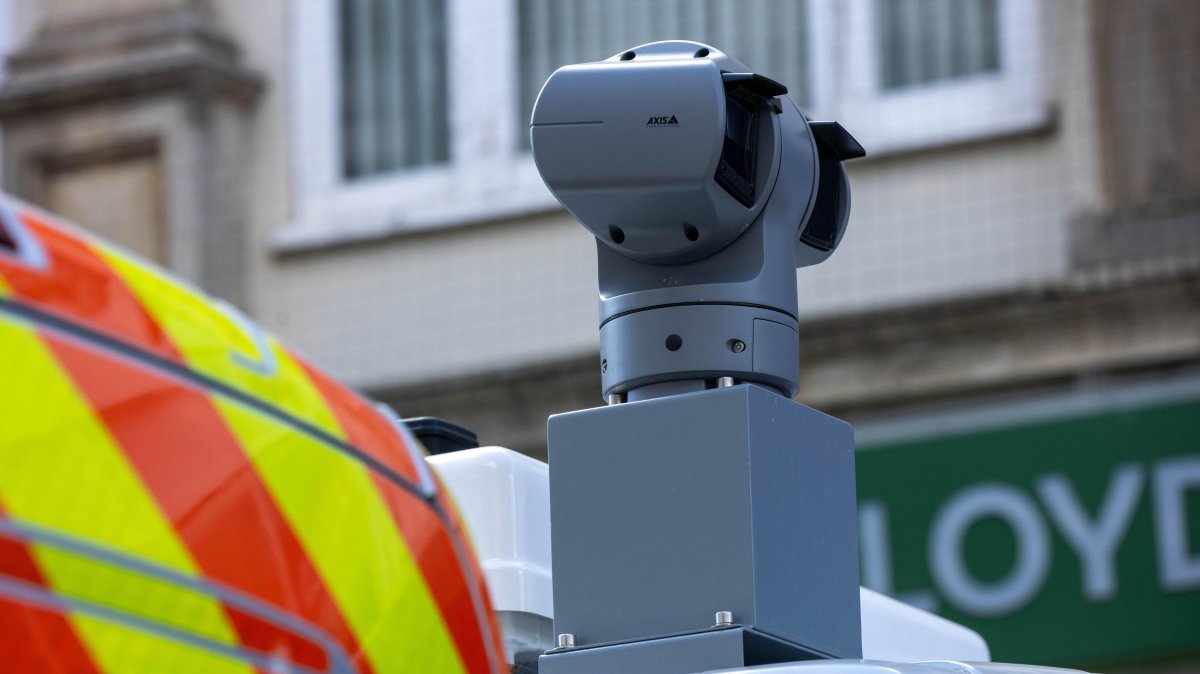
The United Kingdom has one of the highest densities of surveillance cameras per capita, with a large portion of the cameras connecting to law enforcement databases.
- Surveillance Camera Code of Practice –

- The UK has some laws regulating surveillance, permitting significant use in certain public spaces.
- Automatic Facial Recognition (AFR) – Backed by funding from the UK’s Home Office, British police forces were among the first to deploy AFR technology in public spaces for law enforcement purposes. However, courts have occasionally ruled against its use, citing violations of privacy rights and a lack of clear legal safeguards. In a landmark 2020 case, the UK Court of Appeal found that South Wales Police’s use of AFR lacked sufficient oversight, accountability, and transparency, breaching both the Human Rights Act and data protection laws. In response, police forces have revised their policies, implemented stricter deployment guidelines, and increased public consultations, but the use of AFR remains controversial and is subject to ongoing legal and ethical scrutiny.
- Regulatory Oversight – Although there is a data protection framework in place, organizations like the Information Commissioner’s Office (ICO) have raised concerns about surveillance overreach and a lack of transparency in its implementation.
Although legal guidelines exist, critics argue that surveillance practices in the UK often blur the lines between security and mass surveillance.
Government Surveillance: Legality and Accountability
Governments often operate public camera networks for various purposes, including:
- Law enforcement – Crime monitoring and traffic enforcement.
- National security – Conducted under counter-terrorism frameworks and border control initiatives.
- Public safety initiatives – Used in smart city implementations and public crowd control strategies.
Legal Accountability Varies:
- In democracies, public surveillance systems are typically subject to judicial review, access to information laws, and data protection regulations.
- In authoritarian regimes, mass surveillance systems are state-controlled with limited or no legal accountability.
Privacy Concerns: Balancing Security and Individual Rights
One of the most contentious issues surrounding surveillance concerns the balance between safety for the public and privacy for the individual. Governments and law enforcement contend that constant surveillance deters criminal conduct, assists in investigations, and serves to keep the public safe. Meanwhile, privacy advocates note that surveillance nearly always occurs unchecked, posing the risk of infringing upon vital rights through:
- Large-scale data collection without consent
- Loss of anonymity in public places
- The chilling effect on free speech and movement
The “Panopticon Effect” and Psychological Impact
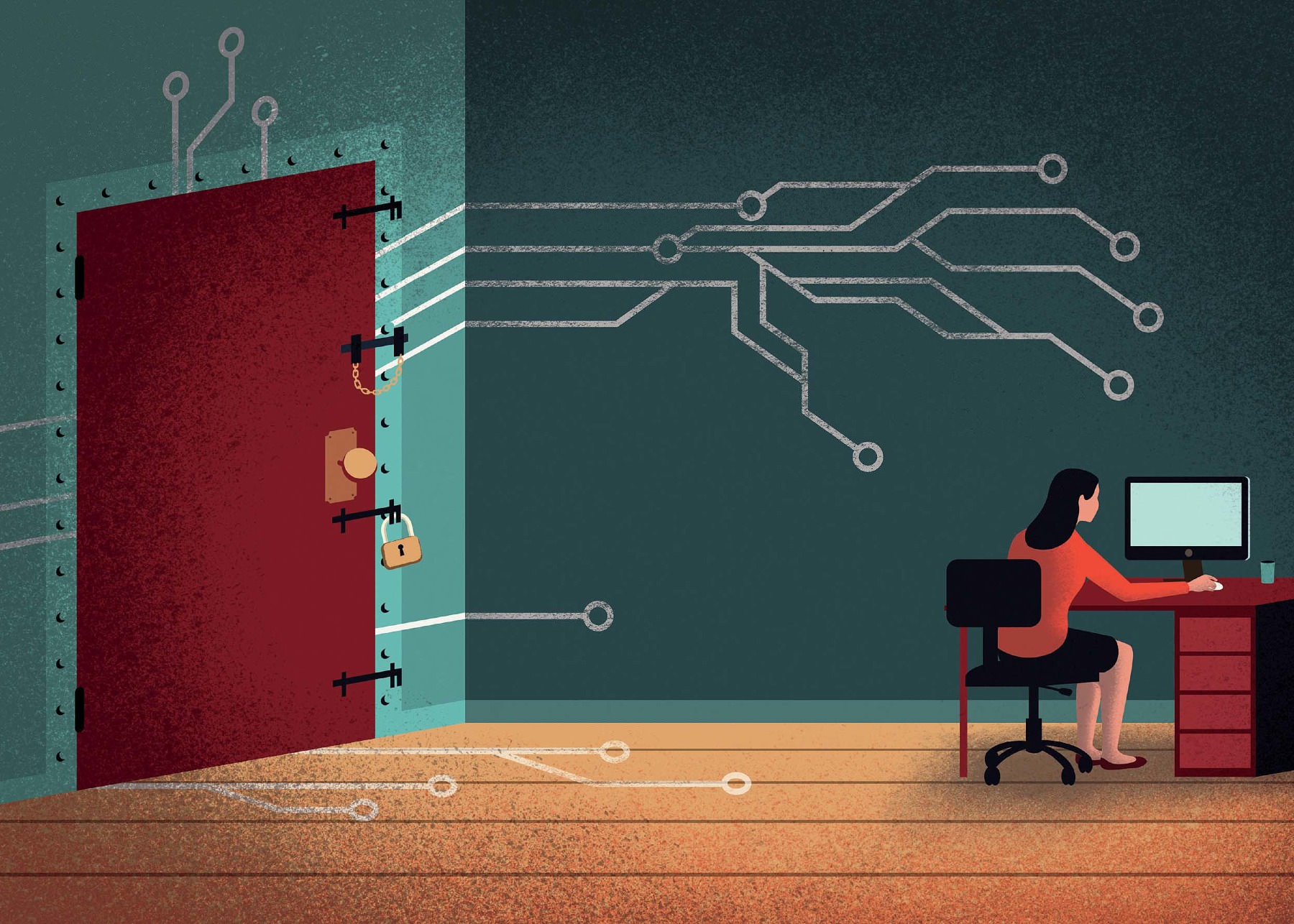
The notion of a "surveillance society" is inspired by philosopher Jeremy Bentham's Panopticon, which is a prison architecture in which prisoners know they might be watched; they do not know when. Modern surveillance mirrors this feeling of being observed at all times, which modifies behavior in unexpected ways:
- Increased self-censorship: Individuals might avoid conversations with others, or protests or activism.
- Altered social interactions: Surveillance creates a culture of suspicion, which limits people from expressing themselves freely.
- Mental health issues: Increased exposure to surveillance is shown longitudinally to add stress, anxiety, and paranoia.
Some people are okay with surveillance and feel the need for security, while other people feel that when privacy is lost, it can never be gained back.
Surveillance Misuse: Abuse and Unintentional Consequences
While surveillance exists for law enforcement and security purposes, we have learned from history that there can be abuse of surveillance by governments, corporations, or individuals themselves.
State-Backed Surveillance for Political Control
Authoritarian governments have leveraged the potential of surveillance to especially avoid dissent and maintain their power. For example:
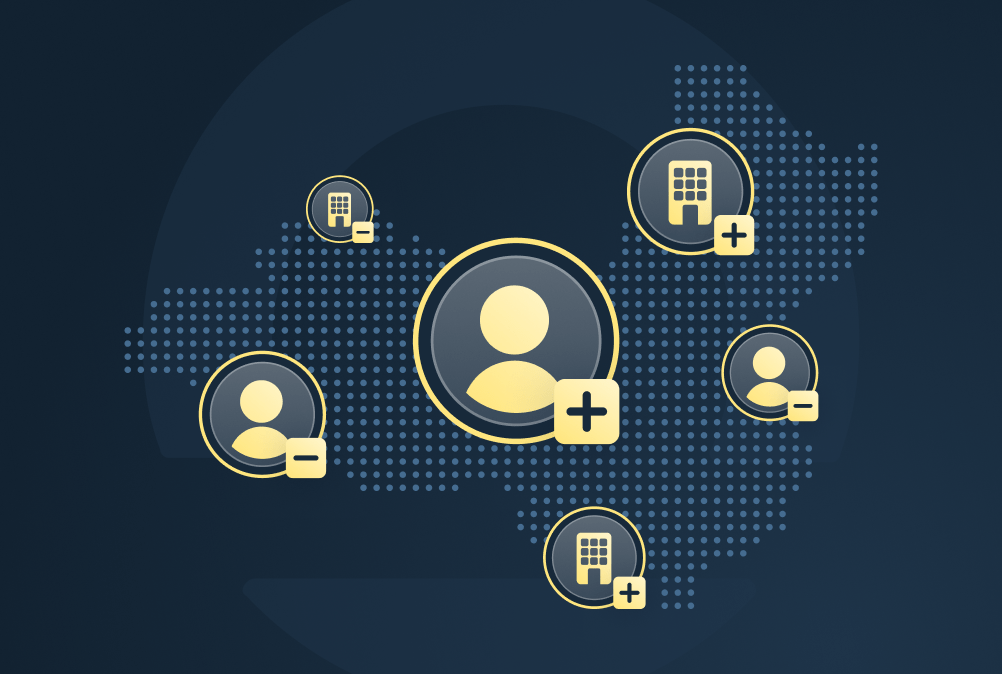
- China’s Social Credit System: Citizens’ data is tracked using surveillance footage, while social scores can limit employment opportunities, travel rights, and access to services.
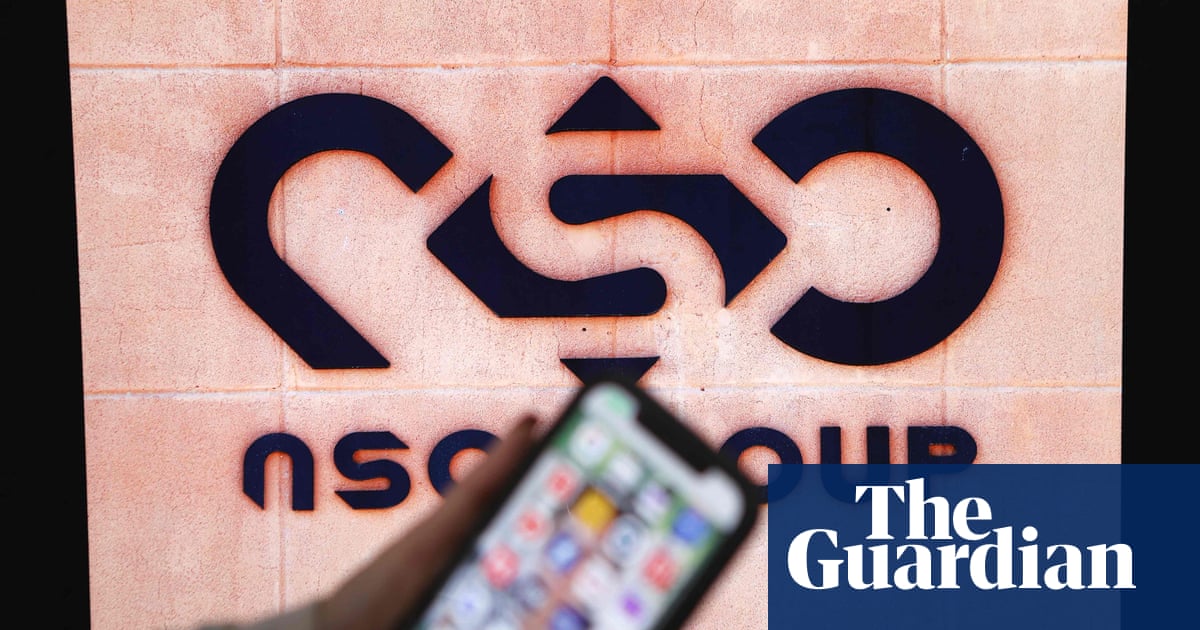
- NSO Group's Pegasus spyware: Governments have used the Pegasus software to hack political opponents, activists, and journalists around the world, undermining human rights and the freedom of the press.
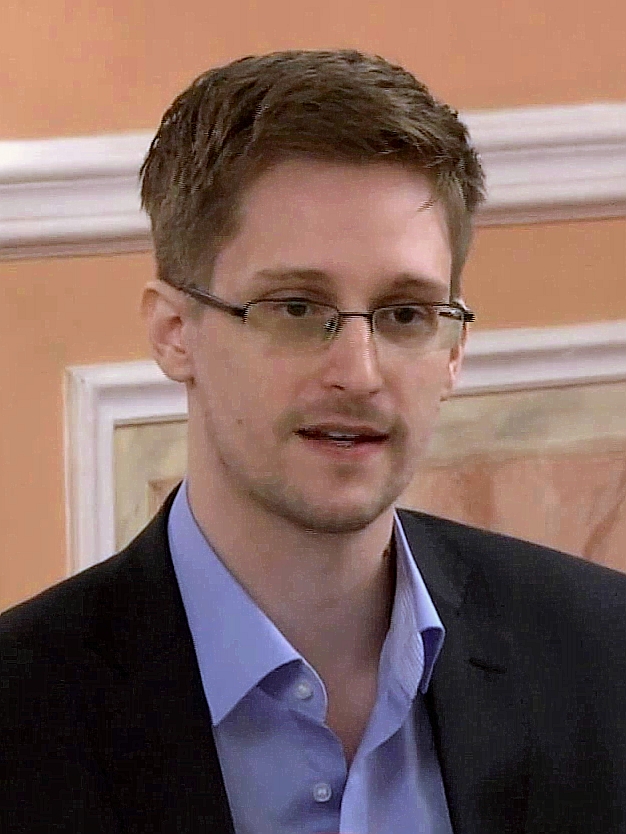
- The Edward Snowden revelations (2013): Leaks revealed how the NSA was mass surveilling millions of Americans via programs such as PRISM, which demonstrated the dangers of unrestricted government control.
Corporate Surveillance and Data Exploitation
Major tech companies have been accused of overstepping the boundaries of surveillance, raising important questions about who has control over users' data.

- Facebook and Cambridge Analytica scandal: Data was harvested illegally from social media profiles and used for political purposes.

- Amazon's Ring: There has been criticism over the sharing of Ring users' footage with law enforcement without their complete knowledge or approval.
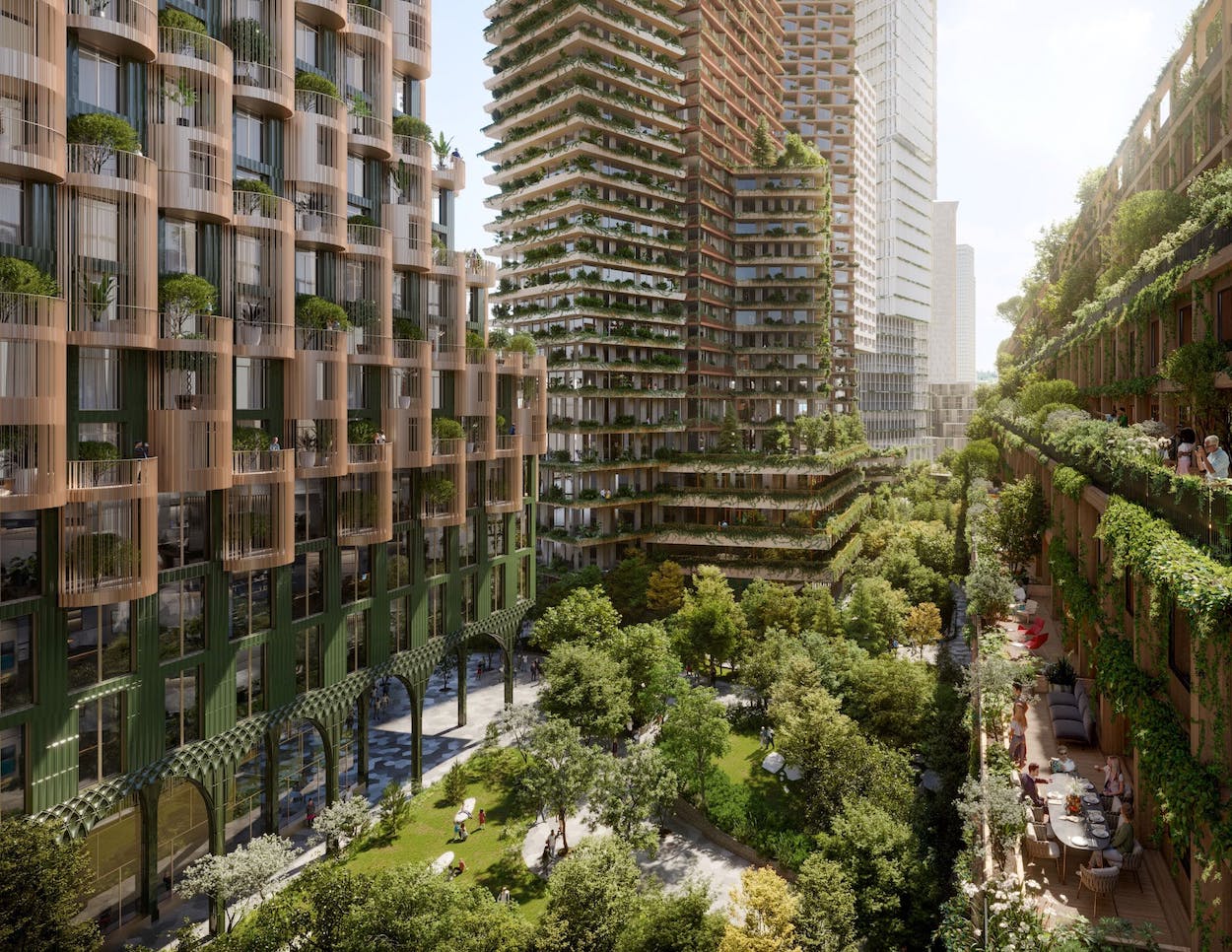
- Google's Smart City project in Toronto: Controversy erupted over the city being integrated with cameras and sensors that could be used for mass data collection and monitoring.
Smart City Surveillance Networks
Configurations of existing CCTV systems are transitioning to AI-enabled monitoring systems that will have two main capabilities:
- Real-time Threat Detection
- Threat detection through facial recognition and behavior analysis of monitored people.
- Analysis of past transient patterns and using that data to directly inform movement in the city and traffic control.
- Integration with enforcement wanted databases that will allow enforcement to identify who is eligible for investigation and who is likely to commit an illegal act.
- Case Study: Singapore's Smart Nation Program
HDB Smart Towns | Smart Nation Singapore
Learn how Singapore is building Smart HDB Towns to enhance liveability, sustainability, and community life through digital innovation.
Visit Smart Nation →- Features a smart-city ecosystem consisting of city-covered eco- and environmental sensors.
- AI technology and tracking of resident behaviors based on facial characteristics monitoring.
- A suite of behavior-allocation technologies permits authorities the ability to surveil behavior at a city level at all times of the day.
AI-Powered Traffic and Crowd Monitoring
Surveillance technology is helping to enhance traffic management and public safety in several ways, such as:
- Automated license plate recognition (ALPR) technology is used to identify stolen or improperly parked vehicles.
- AI-driven crowd monitoring is intended to assess threats in crowded areas (e.g., stadiums and public transit stops).
- Real-time sensors that monitor the environment for air pollution, energy use, or anomalies.
China's Skynet Initiative
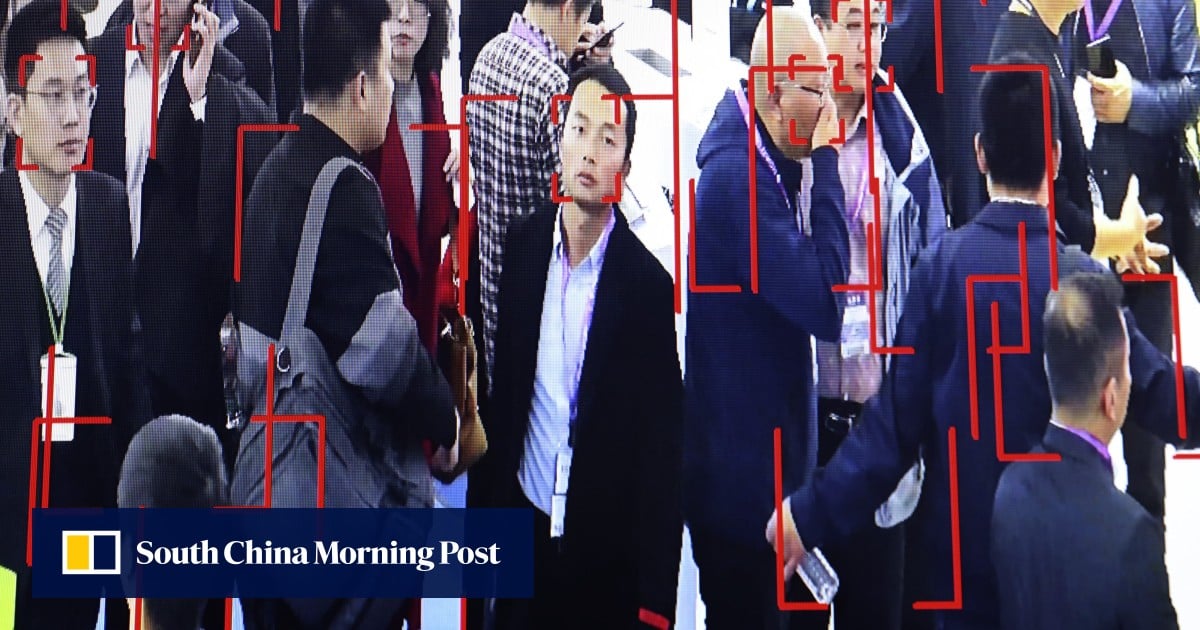
One of the biggest surveillance systems available relies on more than 500 million cameras along with AI-based monitoring to eliminate the possibility of moving throughout major cities without being tracked.
Although smart city surveillance is critical for making cities safer and more efficient, critics argue it has the potential to create Orwellian mass surveillance states, where every action of citizens is recorded and analyzed.
Predictive Policing: Using Data Analysis to Help Prevent Crime
Predictive policing emerged as a data-focused process of policing, using AI and big data techniques to predict criminal activity before it happens. Predictive models use historical crime data, analyses of patterns between serial offenders of outdoor crimes, and data gathered from outright surveillance to target areas of high crime risk, potential offenders of crime, and expected crime activities.
How Predictive Policing Functions
Predictive policing platforms all rely on:
- Machine learning algorithms are based on historical police reports, social behavior data, and geography.
- AI-based surveillance camera networks that examine behavior for suspicious activity, loitering, or abnormal behavior.
- Monitoring of social media and online activity reflects potential threats or criminal intent.
Examples of Predictive Policing
Numerous municipalities and law enforcement agencies have been reviewing applications of predictive policing, including:
- Los Angeles (PredPol System):

Used historical crime data to predict possible future crime, creating new patrol areas to proactively focus on crime.
Public Engagement: The Emergence of Citizen-Surveillance Networks
As surveillance technology becomes more widely available, more and more laypeople are getting involved in surveillance efforts. Governments, law enforcement, and private industry are all attempting to tap into citizen involvement in surveillance by empowering citizens to mobilize their smartphones, basic security cameras, and crowdsourced data into community-based monitoring systems.
Community Watch and Crowdsourced Surveillance
In many regions, law enforcement is taking advantage of public volunteer efforts to:
- Support neighborhood watch efforts where citizens utilize mobile applications to alert police to suspicious behavior.
- Engage public involvement in crime mapping efforts by enabling the public to submit video surveillance footage or eyewitness reports.
- Partner with private businesses that install security systems to solicit crime mapping or real-time video surveillance information from home security systems (e.g., Ring, Nest).
For example, Amazon's Ring Neighbors app allows users to share doorbell camera video with law enforcement, creating a digital neighborhood watch network that operates in real-time.
The Role of Social Media in Citizen Surveillance
Social media has become a strict space for real-time surveillance:
- Citizens' live-streams of incidents or crimes lead to prompt responses from law enforcement.
- Citizen-created descriptions of suspects and missing persons can progress the investigations of law enforcement.
- Citizens' monitoring of protests and demonstrations can reveal government overreach and police misconduct.
While the ability of the public to facilitate surveillance is enhancing security, it presents ethical issues, including:
- Privacy violations: The recording and sharing of footage by citizens, even of public events, without the subject's consent, violates their right to privacy.
- Vigilante justice: Social media misidentifications have resulted in wrongful accusations and harassment, and vigilante justice.
- Exploitation by governments: Some authoritarian regimes use crowdsourced surveillance to track dissidents and quell protests.
Validity of Surveillance as a Double-Edged Sword
There can be no doubt that surveillance technology will play a huge role in crime prevention, public safety, and data collection. It assists in:
- Detecting crime in real-time with the help of artificial intelligence monitoring.
- Solving criminal cases due to access to video footage enables the tracking of suspects' movements.
- Building evidence for open-source investigation by assisting researchers, journalists, and investigators in tracking key information.
That said, the growing and widespread use of this convention around the world raises other questions and measurements of its influence on the individual. Civil rights, liberty, and personal freedoms are all at risk with mass surveillance in states where people are always and forever being tracked.
When even the simplest concepts of digital intelligence can be biased through an algorithm, such as in the instance of facial recognition software and predictive policing, the innocent are made guilty. The traffic of data stored in a state-controlled server, in the absence of regulatory oversight, opens governments and private enterprises to mistakes and abuses of data management through control, discrimination, or suppression.
The challenge will be to find the balance of using some form of surveillance to produce security while taking steps to prevent its use against the very citizens it is purported to protect.
Final Thoughts
The developing practice of surveillance is far from complete. As technology advances, the corresponding discussions regarding its application, impact, and limits will continue to grow. The future of surveillance will rely on decisions made by societies to govern it as a tool of safety and justice versus an authentic vehicle of oversight.
Worldwide camera networks, OSINT techniques, and AI-supported tracking devices will remain essential components of criminal justice and intelligence-gathering, but their impact must be balanced with the dangers they present. Assessing that balance will require a commitment to being vigilant, the ability to foresee ethical impacts, and a dedication to transparency in its operation.
Discussions about surveillance are bound to continue, and its future will be dictated by not only governments and corporations but also the voices of the people it affects.








